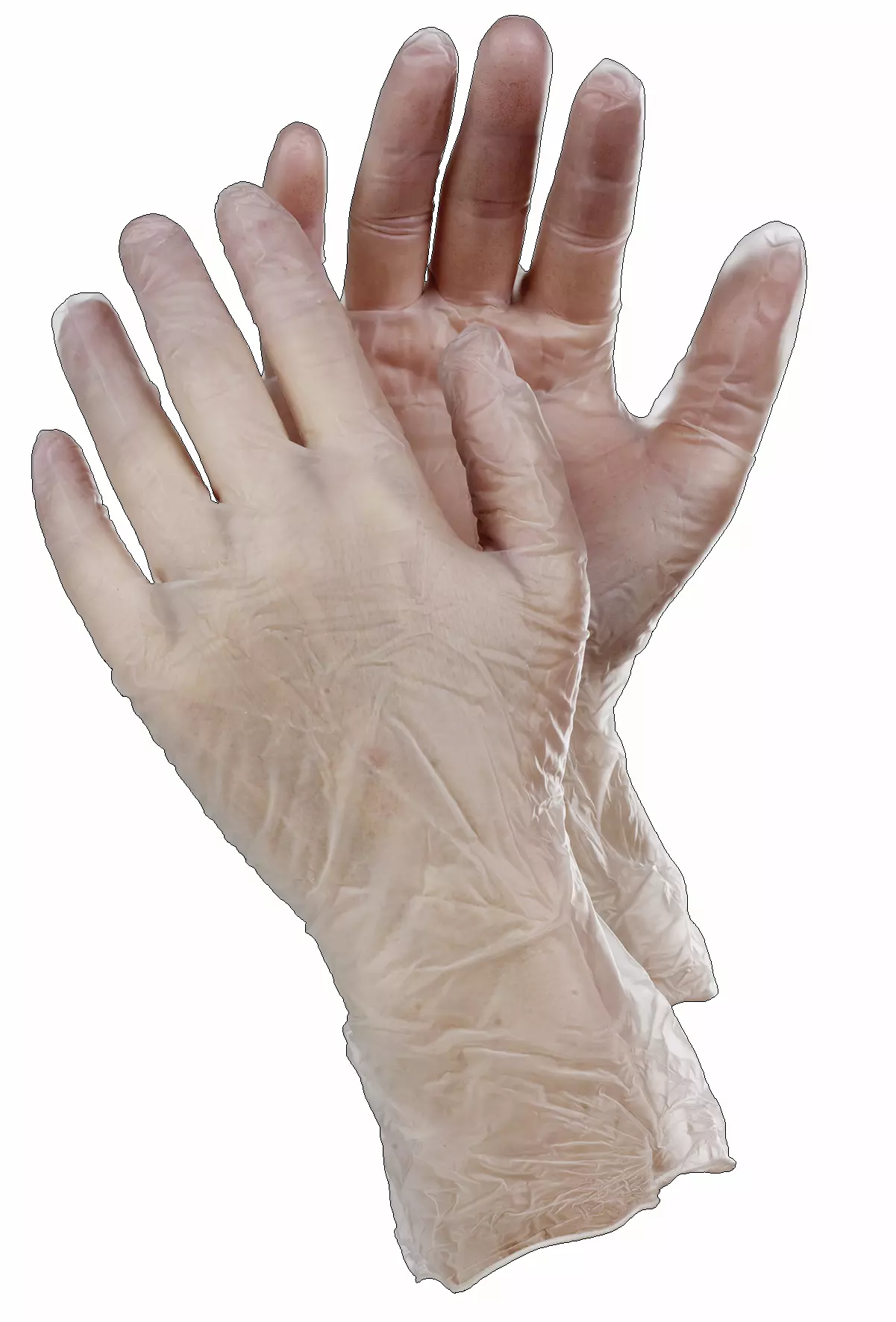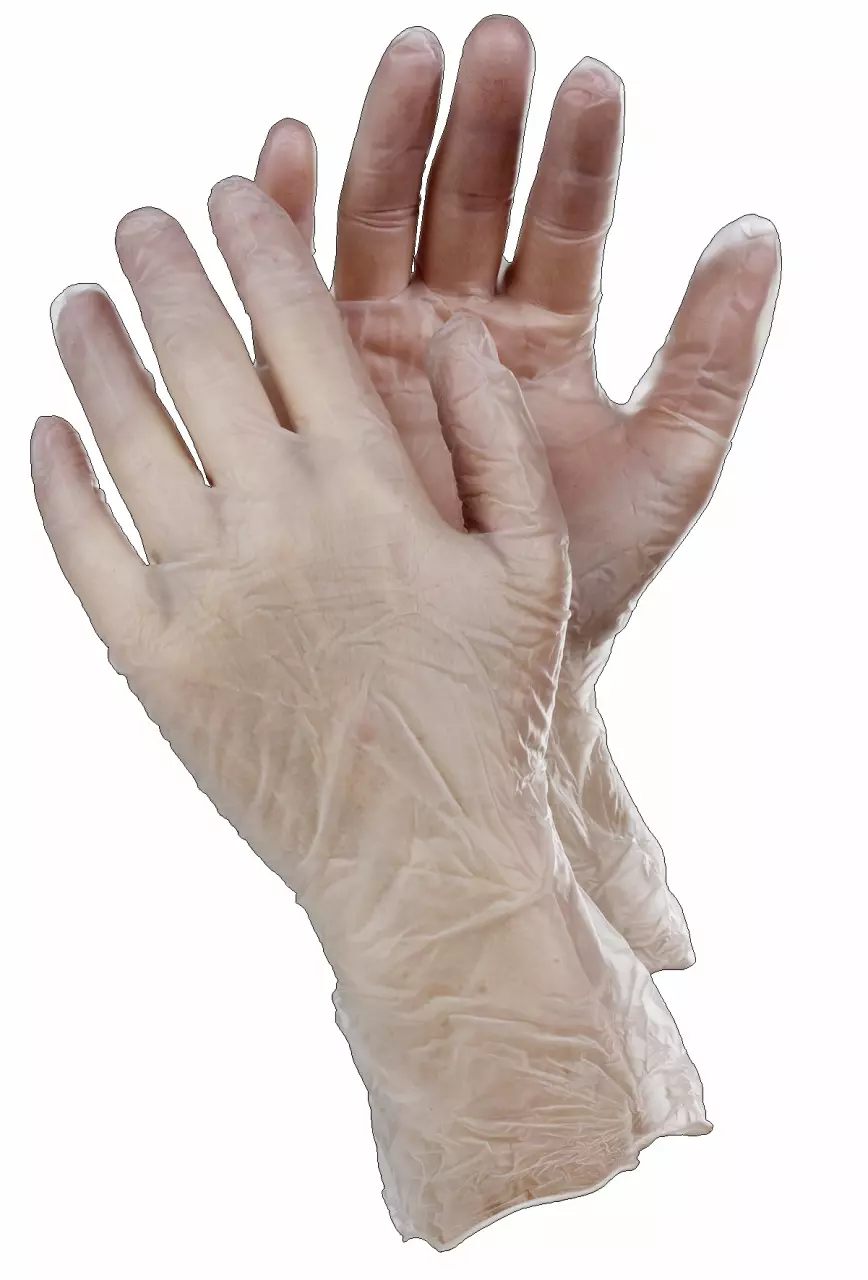
Tegera Disposable Glove 825A
Tegera Disposable Glove 825A
5 / 5


Features You'll Love

Fingertips · Smooth
Describes the surface texture of the fingertip area, affecting grip strength and tactile sensitivity during use.
Describes the surface texture of the fingertip area, affecting grip strength and tactile sensitivity during use.
Describes the surface texture of the fingertip area, affecting grip strength and tactile sensitivity during use.

Surface · Smooth
The texture of the glove exterior, affecting grip strength and handling capability for different tasks and working conditions.
The texture of the glove exterior, affecting grip strength and handling capability for different tasks and working conditions.
The texture of the glove exterior, affecting grip strength and handling capability for different tasks and working conditions.
Tegera
Disposable Glove 825A, 10 x 100 pcs
Disposable Glove 825A, 10 x 100 pcs
5 / 5
93,30 €
Price per 10 packages (1 000 pcs)
9,33 € / 100 pcs
Free delivery
Features You'll Love

Fingertips · Smooth
Describes the surface texture of the fingertip area, affecting grip strength and tactile sensitivity during use.
Describes the surface texture of the fingertip area, affecting grip strength and tactile sensitivity during use.
Describes the surface texture of the fingertip area, affecting grip strength and tactile sensitivity during use.

Surface · Smooth
The texture of the glove exterior, affecting grip strength and handling capability for different tasks and working conditions.
The texture of the glove exterior, affecting grip strength and handling capability for different tasks and working conditions.
The texture of the glove exterior, affecting grip strength and handling capability for different tasks and working conditions.
Product description
TEGERA® 825A, Disposable glove, 0.10 mm PVC (Vinyl), powder-free, Cat. III, waterproof, precision work
TEGERA® 825A, Disposable glove, 0.10 mm PVC (Vinyl), powder-free, Cat. III, waterproof, precision work
TEGERA® 825A, Disposable glove, 0.10 mm PVC (Vinyl), powder-free, Cat. III, waterproof, precision work
Measures how far the glove extends up the wrist and forearm, determining the level of coverage and protection provided during use.
The base substance used to manufacture the glove, affecting chemical resistance, durability, flexibility, and compatibility with specific applications.
The visual appearance of the glove material, ranging from basic colors to specialized options for different professional and aesthetic preferences.
The texture of the glove exterior, affecting grip strength and handling capability for different tasks and working conditions.
Indicates whether gloves contain powder on the interior surface to aid donning, affecting ease of use and contamination control requirements.
Provides comfort and peace of mind, free from natural rubber latex to protect sensitive skin.
Effortlessly use touch screens without removing your gloves, ensuring continuous protection and hygiene.
Easily wear on either hand, ensuring quick protection and less waste.
Complete finger coverage ensures full protection and hygiene for your hands, maintaining dexterity for all tasks.
Your go-to gloves for diverse tasks, offering reliable protection and convenience across many applications.
Describes the surface texture of the fingertip area, affecting grip strength and tactile sensitivity during use.
Measures the material thickness at the palm area, affecting protection level and tactile sensitivity during use.
- Chemical Resistance
- Food Service
- Antimicrobial Protection
- Hand Protection
Protective gloves with the EN 420:2003+A1:2009 rating are tested for general design, safe materials (innocuousness), water penetration, comfort, and dexterity. This ensures the gloves are safe, fit correctly, and allow you to perform tasks effectively without discomfort.
Protective gloves with the EN ISO 374-1:2016/A1:2018 rating are tested for resistance against dangerous chemical penetration, permeation, and degradation. This means the gloves are proven to protect your hands from hazardous substances and indicate how long they can withstand contact with specific chemicals.
Test results
This glove provides protection against chemical splashes, resisting permeation for at least 30 minutes for a minimum of three specific chemicals. It is suitable for tasks involving handling certain chemicals where moderate contact is expected.
Gloves with the EN 374-5:2016 rating are tested for resistance to penetration by bacteria and fungi, and potentially viruses. This means the gloves provide a protective barrier against microorganisms, helping to keep your hands safe from harmful biological agents.
Test results
This glove is tested to protect you from bacteria, fungi, and viruses. It provides a reliable barrier, having passed specific tests to ensure no leakage when exposed to these micro-organisms, making it suitable for handling contaminated materials.
This product protects you from bacteria and fungi. It passed leakage tests, making it a reliable barrier when handling materials where these micro-organisms are a risk, such as in cleaning or laboratory work.
Electronic components and devices with the EN 61340-5-1:2016 rating are tested for protection against electrostatic discharge damage during handling and manufacturing. This ensures the products you purchase are more reliable and less likely to fail due to unseen static electricity exposure.
Test results
Guards the product’s sensitive electronics against damage from static electricity. This protection during manufacturing and handling prevents hidden component failure, ensuring your device works reliably and has a longer operational life.
Food safe refers to the safety of food products that are used or consumed by people. In Europe, food safety is regulated by the European Union (EU) and the European Food Safety Authority (EFSA). These organizations set standards and requirements for food products to ensure they are safe to eat. To be considered "food safe" in Europe, a product must meet these standards and be free of harmful substances. This includes being free of harmful bacteria, pesticides, and other contaminants. Food products that do not meet these standards cannot be sold or used in the EU.
PPE stands for "personal protective equipment." PPE Category 3 refers to equipment that is complex and provide the highest level of protection such as powered respirators, SCBA, and full body suits. In Europe, PPE Category 3 must meet certain safety standards set by the European Union, which means that it must be designed and manufactured to protect the user without causing harm. Companies that make or sell PPE must prove that it meets these standards. They also must have a quality management system in place, have to be audited regularly by a notified body and have to have a technical documentation.
Free delivery for all Ejendals products